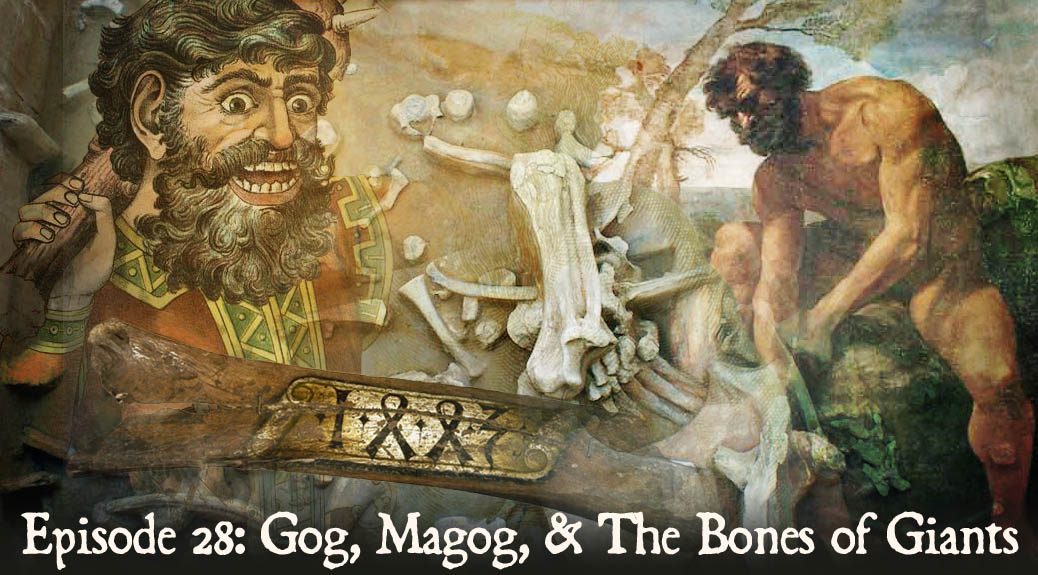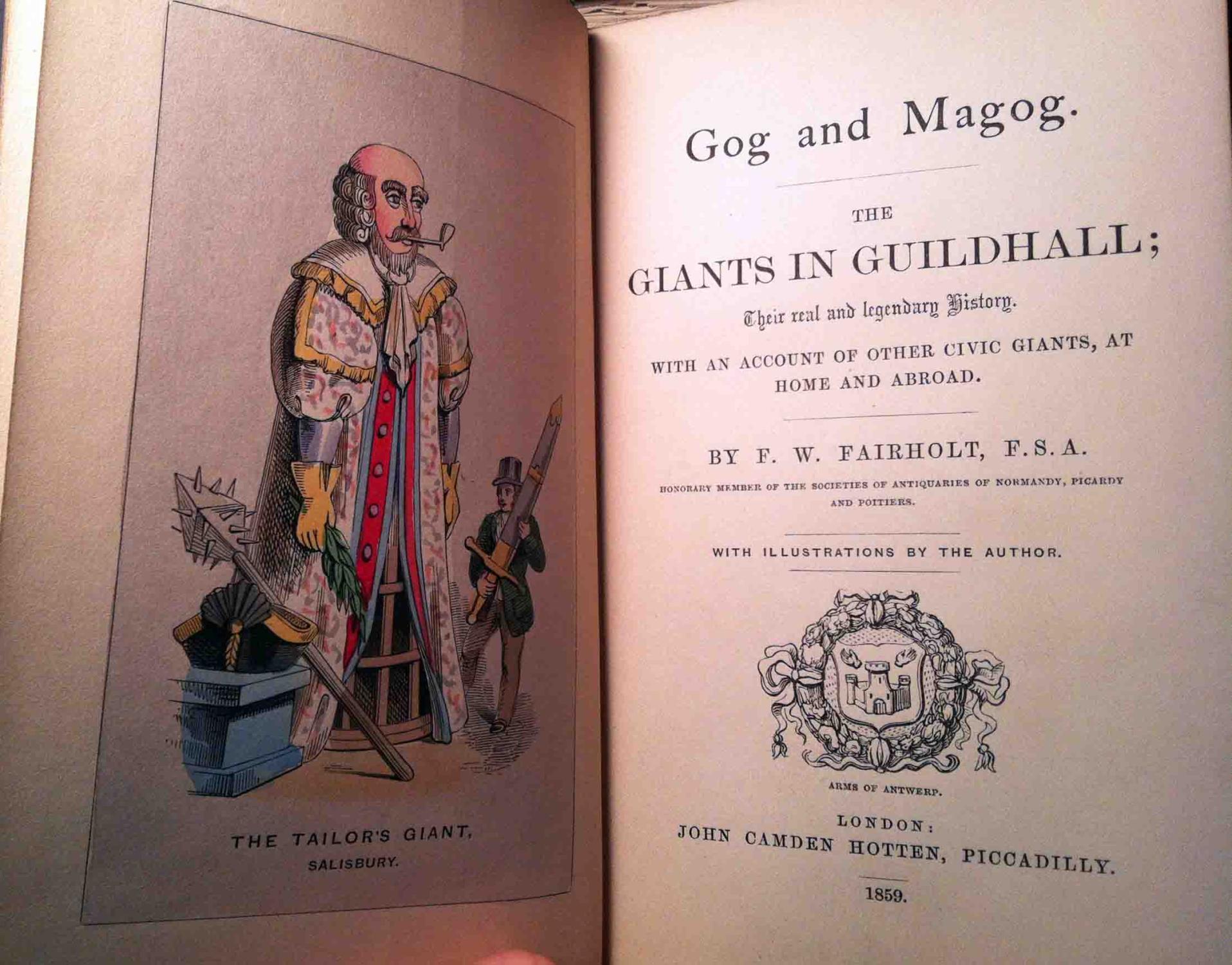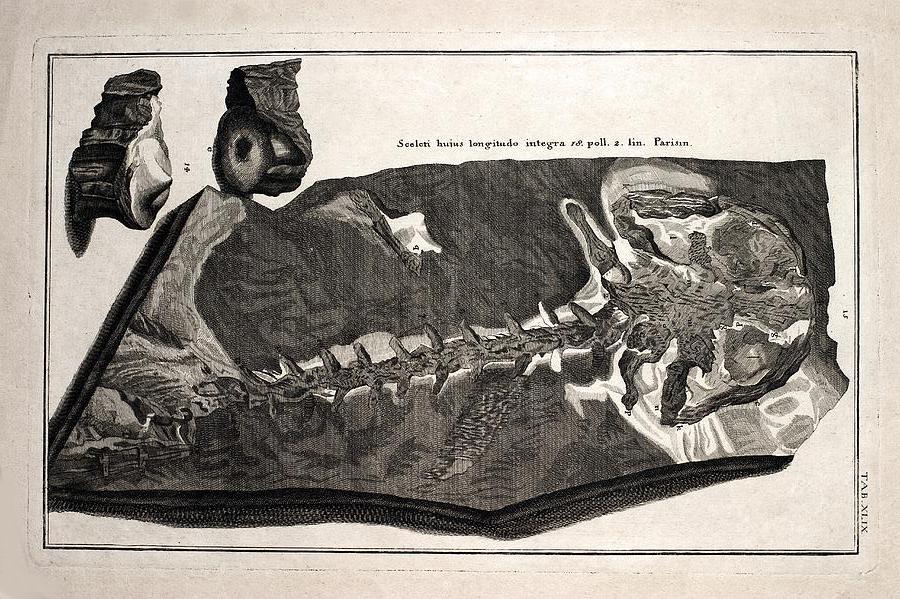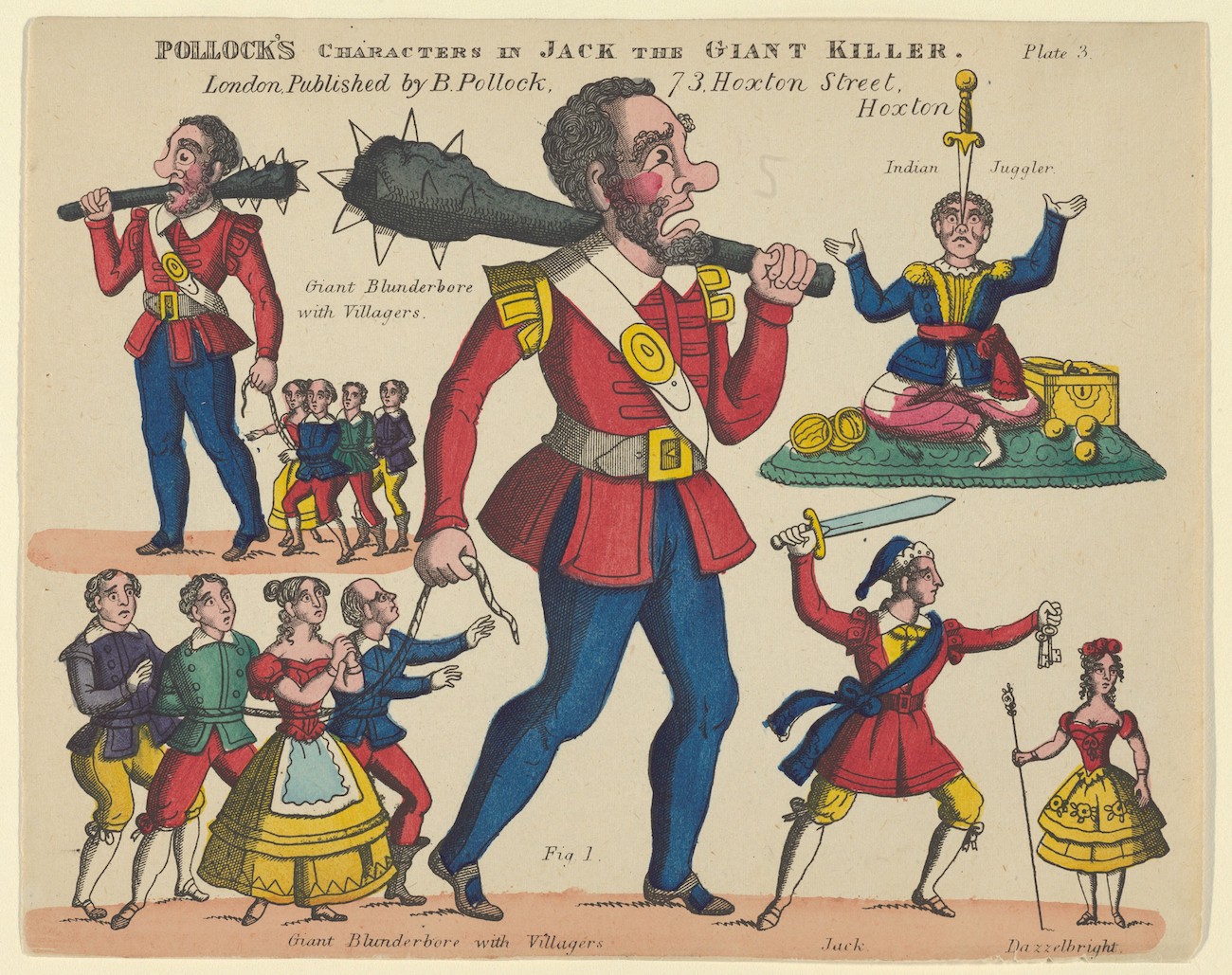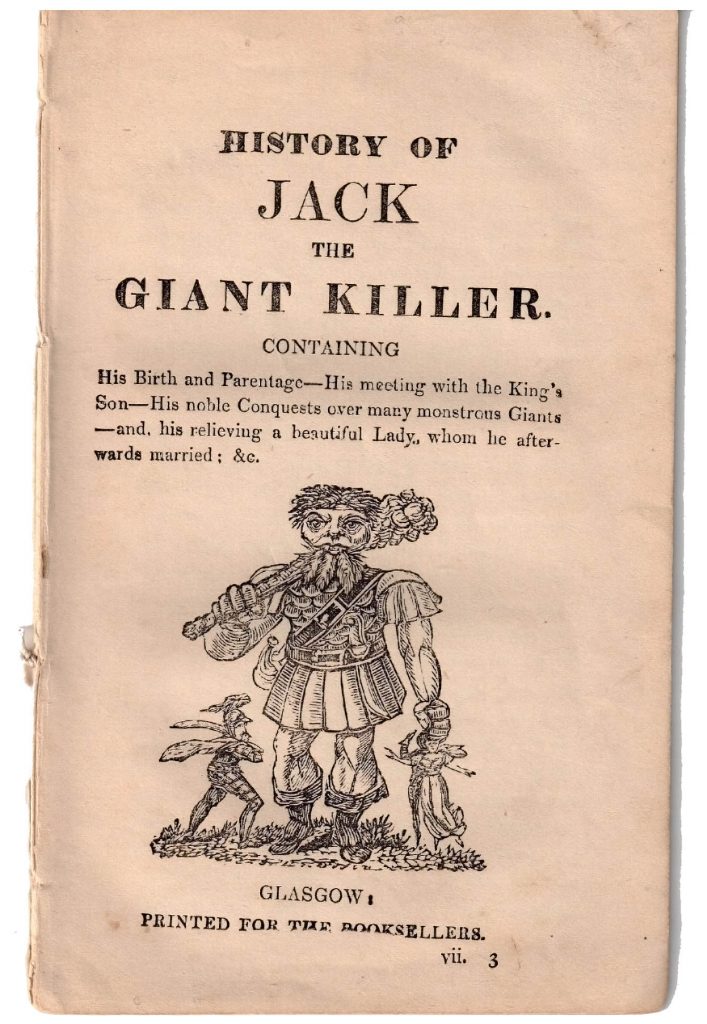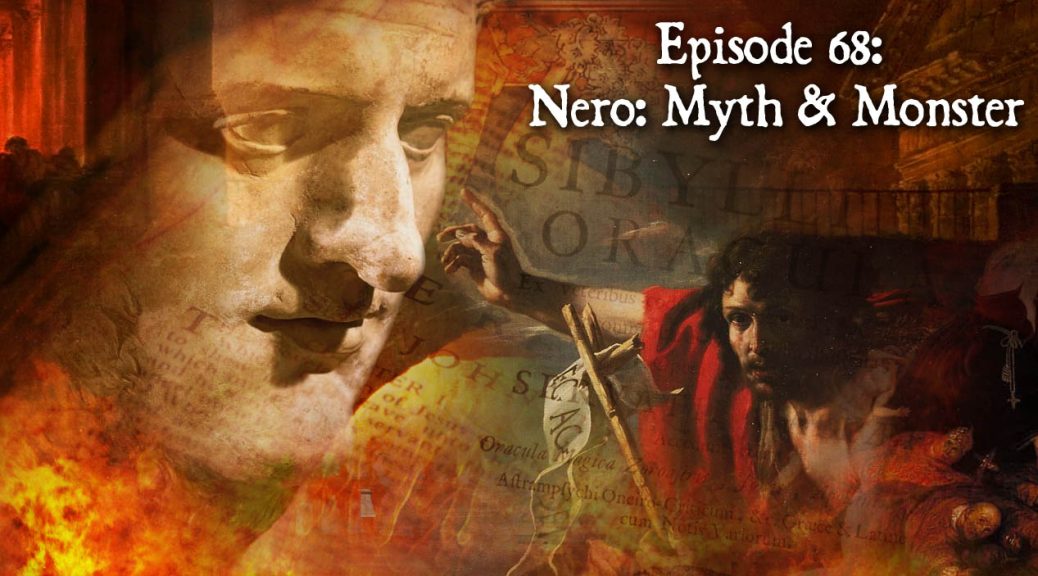
Nero: Myth and Monster
Podcast: Play in new window | Download (Duration: 49:16 — 56.4MB)
Subscribe: Apple Podcasts | Spotify | Android | Podchaser | RSS | More
Emperor Nero’s reputation for wickedness and depravity had already attained mythic status within a century of his death, making him a prototype for early Christian beliefs regarding the Antichrist.
We begin the show with a look at the role poison played in Nero’s ascent, putting him on the throne at the age of 17 in 54AD. After her marriage to Emperor Claudius, Nero’s Mother, Agrippina the Younger, appears to have recruited the notorious poisoner Locusta, to do away with the Emperor when he began to show preference for his other son Britannicus over Nero. And it was Nero himself who later recruited Locusta to do away with the troubling Britannicus.
Agrippina’s role in Nero’s life constituted another kind of poison. If we are to believe what the historian Tacitus describes as “rumors” (rumors affirmed as true by the historian Suetonius), Agrippina seems to have shared her brother Caligula’s inclination toward sexual depravity. Shocking details regarding her relationship with her son are naturally provided.
However, Agrippina seems to have been more driven by lust for power (via her son) than sexual desire. Part of her scheme to set him on the throne had been his marriage to Claudius’ daughter Octavia, who suffered greatly as a result. We hear a bit about her shoddy treatment and arranged “suicide” as well as the rise of Nero’s second wife and former mistress Poppaea Sabina, who is (according to Suetonius) later kicked to death by the emperor. More deaths of potential familial rivals are detailed.
Nero’s overweening Mother likewise falls afoul of her son, and we hear of some particularly bizarre and cartoonish attempts he makes on her life eventually ending with another “suicide” five years after Nero has taken the throne.
Agrippina’s alleged final words to her assassin — “Smite my womb” — expressing her regret over birthing her monstrous son, were woven into other legends amplified in the Middle Ages into a particularly strange narrative involving dissected bodies and frogs. Mrs. Karswell reads for us the relevant passage from Jacobus de Varagine’s 1275 compilation of hagiographies and related stories, The Golden Legend.
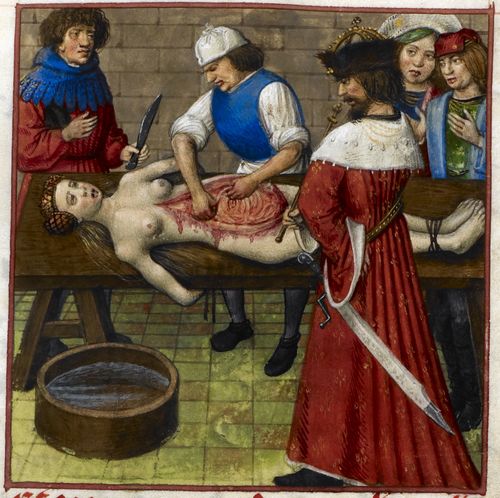
Along the way, we also hear some tales of Nero’s vanity (his endless mandatory-attendance lyre concerts), excesses (pet tigers and Felliniesque parties) and further sexual aberrations (castration and marriage to his male “wife” Sporus in 67AD.)
As for the Great Fire of Rome in 64AD, his musical performance celebrating the event is treated as historical fact by the majority of ancient chroniclers, but it involves neither lyre nor fiddle. The association with the fiddle is explained along the way, and we also hear a snippet of Jimmy Collie 1956 country-western song, “Nero Played His Fiddle (While Rome Burned)” At least two sources (Suetonius and Cassius Dio) agree that during the conflagration, Nero presented a song about the Sack of Troy, comparing that ancient city’s fate with Rome’s current plight.
While Suetonius asserts that the fire was instigated by Nero in order to clear land he desired for his pleasure palace, the Domus Aurea (Golden House), Tacitus records Nero blaming Rome’s Christians for the conflagration.
This particular nexus of Roman and Church history is largely responsible for the Nero’s enduring reputation in Western culture, one strengthened in modern times by the 1951 film, Quo Vadis, itself based on an 1896 Polish novel of the same name by Nobel-Prize-winning author Henryk Sienkiewicz. We hear some snippets from the film that saved MGM studios and initiated a rash of sword-and-sandal epics of the ’50s and ’60s.
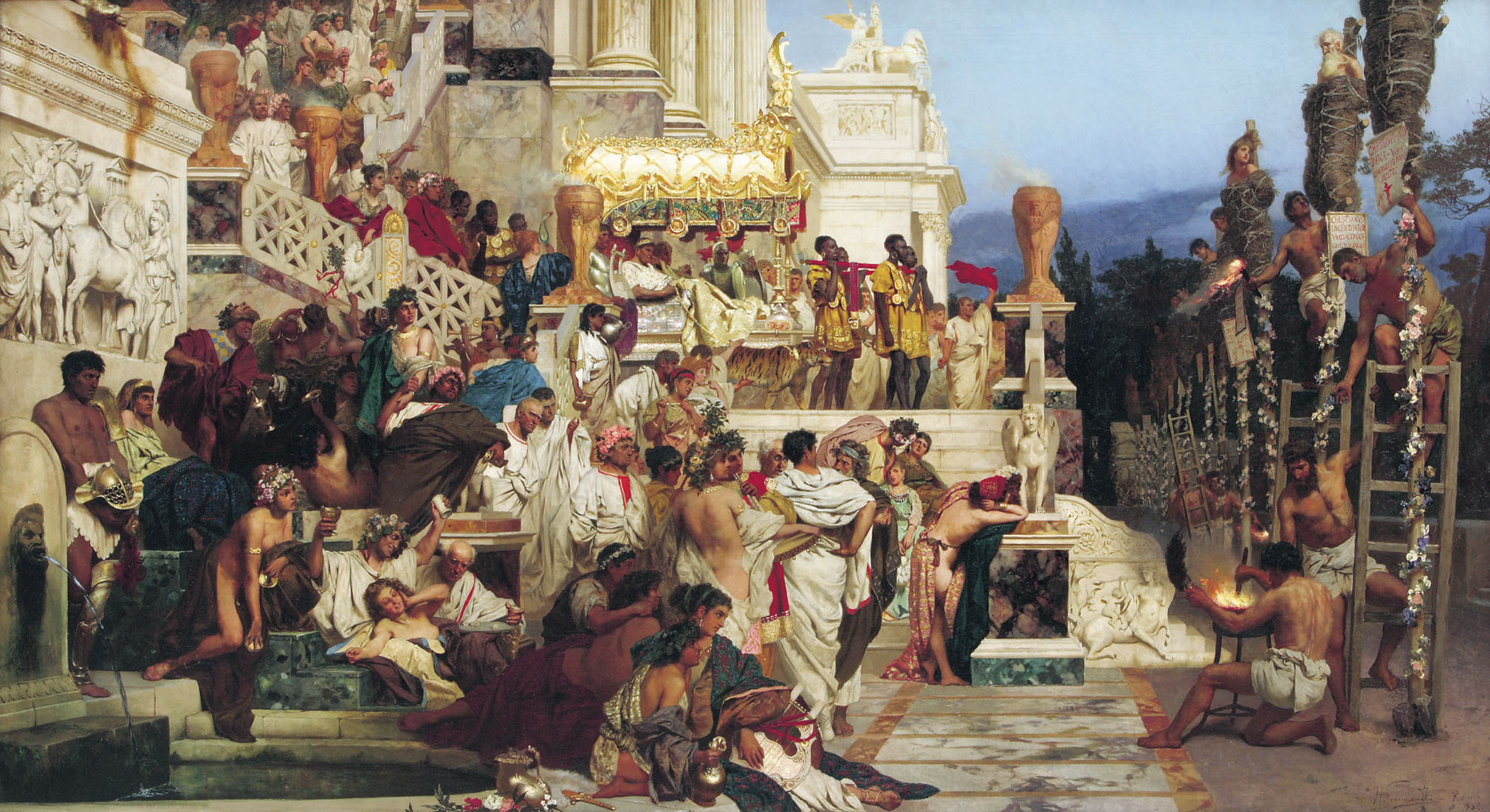
Some particularly cruelly conceived deaths endured by Christians (and others) under Nero are discussed along with the executions of the apostles Peter and Paul and a peculiar connection between Nero and the Vatican.
Also associated with Nero is the magician Simon Magus, whose brief appearance in the biblical book of “Acts” is not particularly interesting, but whose career in apocryphal literature and medieval tradition is quite rich. We hear another interesting account from The Golden Legend describing the magician’s wonderworking feats and a sort of wizard battle between Simon Magus and St. Peter. Also heard is a snippet the 1954 film The Silver Chalice featuring Jack Palance as the sorcerer.
After Nero’s death, the myth-making really began. Because of the obscure circumstances of this death and burial, which we discuss, a belief circulated that he had either not died or would be resurrected (the Nero Redivivus legend). Several imposters using his name took advantage of this, specifically three “Pseudo-Neros” gaining followers in distant lands between 4 and 20 years after his death.
Two of the Pseudo-Neros gained followers in Parthia (modern Iran), a detail found also in a the prophecies of the Sibylline Oracles regarding a terrible End Times conqueror or Antichrist (though the latter word is never used) — and thus one positioning Nero as the fulfillment of that prophecy.
Purporting to be a record of the sayings of the Sibyl of classical antiquity, the Oracles were actually written somewhere between the 4th-6th centuries. Books 5 and 8 are full of apocolyptic imagery laced with a few details seeming to match up with bits of Nero’s biography. Interpreters of the biblical book of Revelation have also provided clues connecting Nero with the Antichrist.
We close our show with a look at the haunted history of Nero’s grave in Rome as well as a more recent myth that’s evolved around the supremely exotic execution and torture of the poisoner Locusta.
